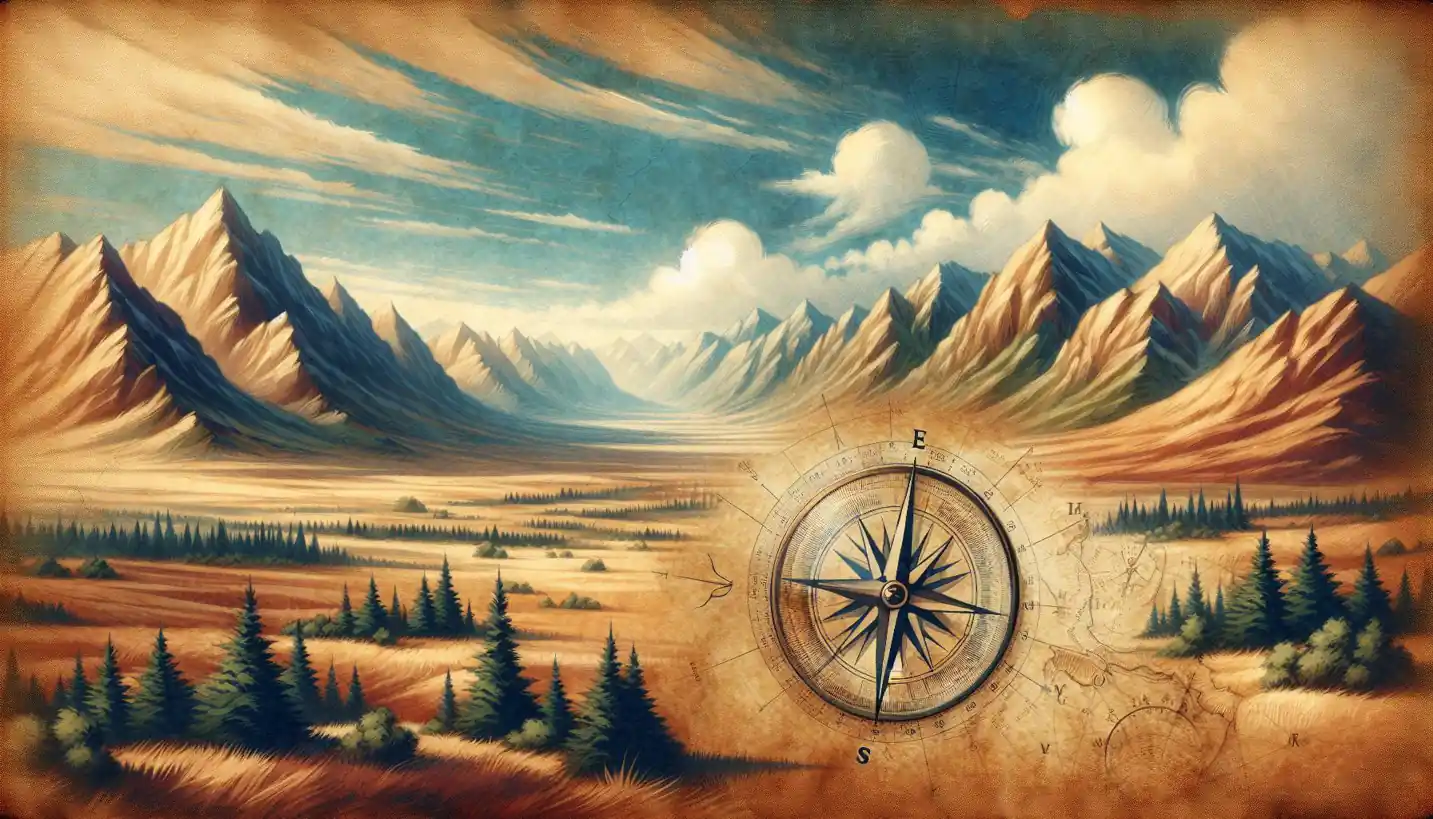· Geography · 5 min read
Place Identity: Discovering the Connections Between People and Places
Place identity uncovers the bonds between people and locations. See how places shape who we are on a deeper level.

Place identity is a fascinating concept from behavioral geography that delves into the intricate ties between people and the places they inhabit. When you think about your hometown, favorite vacation spot, or even your own home, these places aren’t just locations on a map. They hold memories, emotions, and parts of your identity.
What is Place Identity?
To understand place identity, let’s start by thinking about your favorite place. Maybe it’s a bustling city that never sleeps, or a quiet beach with crashing waves. Place identity refers to how these locations become key parts of who you are. It’s like stitching little bits of a place into the fabric of your personality.
Our connection to places can stem from personal experiences—the people we meet there, the events that unfold, and the feelings those environments evoke. Places become part of our story, influencing our sense of self and how we relate to the world.
The Roots of Place Identity
This concept isn’t new; it has deep roots in geography and psychology. Scholars have been exploring how human beings are shaped by their surroundings for years. The link between environment and identity forms a complex relationship, influencing behaviors, decisions, and even our emotional well-being.
Historical Perspectives
Historically, humans have always been connected to their environment. Ancient civilizations thrived in areas where they could rely on natural resources. Over time, cultural traditions, architecture, and community practices became intertwined with geographical locations.
Psychological Connections
From a psychological standpoint, our interactions with places can shape our personal development. The comfort of familiar neighborhoods or the excitement of new cities shapes how we view ourselves and others. Think about how your favorite park or café makes you feel—it’s more than just a spot on Earth; it becomes part of your emotional landscape.
How Place Identity Shapes Us
Place identity influences our lives in myriad ways. It can drive our desires, shape our careers, or even impact our sense of belonging. Let’s dive into some of the intriguing aspects of this connection.
Sense of Belonging
Consider the feeling of coming home after a long journey. That sense of comfort and belonging often stems from a deep connection to place. Our surroundings can provide security, familiarity, and a sense of community. This connection can be especially important in times of change or stress.
Impact on Behavior
Our surroundings influence how we behave. Busy cities might push us to move quickly and think efficiently, while serene natural settings might encourage relaxation and introspection. Place identity doesn’t just change how we see ourselves—it can change what we do and how we act in different environments.
The Influence of Changing Places
What happens when people move to a new city or country? Migration, travel, or even relocating across town can alter our place identity. Sometimes, this can lead to a sense of dislocation or identity conflict, as we navigate unfamiliar environments. On the other hand, it can also lead to growth and new connections, enriching our personal narratives.
Migration and Reformation
Migration, whether voluntary or forced, often requires people to adapt their place identity. Adapting to a new culture, language, and environment can be both challenging and rewarding. Over time, individuals might blend aspects of their old and new environments into their self-identity.
How We Shape Places
It’s not just that places shape us; we shape them too. Our values, cultural practices, and social norms come together to create a shared place identity. This dynamic interaction builds vibrant neighborhoods, thriving urban centers, and communal spaces.
Cultural and Social Influence
Cultural festivals, architectural styles, and community gatherings are ways people leave their mark on a place. These activities contribute to a shared identity that helps newcomers and long-time residents bond over shared rituals and traditions.
Embracing Technology and Globalization
In an era of globalization and digital connection, place identity is evolving. Technology allows us to maintain ties with places far away. Virtual spaces now play a role in our sense of belonging, adding another layer to our spatial connections.
Virtual and Physical Spaces
With the internet, we’ve expanded our idea of place. Online communities and virtual worlds offer new ways for people to connect with places without physically being there. This digital dimension adds complexity to place identity, offering new spaces to explore while maintaining links to physical locations.
Future Directions
As we move forward, understanding place identity will be crucial in urban planning, conservation, and mental health. How can urban developers craft spaces that foster belonging? How do we preserve the identity of places amidst rapid changes brought on by technology and globalization?
Questions for Exploration
How will our relationship with place continue to evolve with technology? What will cities of the future look like, and how will they affect our sense of identity? These are open-ended questions that invite exploration and reflection as we navigate the ever-changing world.
Conclusion
Place identity is an enriching concept that highlights the powerful bond between individuals and their environments. It shapes us, guides our interactions, and evolves with time. As we continue to explore new places—both physical and virtual—we’ll inevitably find these connections shaping our understandings of home, identity, and community. Understanding these dynamics opens up exciting possibilities for personal growth, cultural development, and community building, making our world ever more connected and vibrant.



